Last year I reviewed two homeschool units from Moving Beyond the Page, and they were my favorite of all the products I used last year. You can read my review from last year here. So naturally when I had the chance to review some more units from them this year I jumped at the chance! I received two units this year the Language Arts Package – Watership Down and the Science Package – A Dynamic Planet.

 Watership Down
Watership Down
For the Language arts unit I received the online version of the curriculum, which retails for $29.93 and includes the softcover book Watership Down by Richard Adams. This comes with an online guide, which includes printable student pages. I chose this book for the review because it was one of my favorite books when I was a child, and I realized my son had never read it. It is a fantasy story about a group of rabbits who have to flee their home and make a new life for themselves.
Because the story is a fantasy the guide includes quite a lot of exploration of the fantasy genre, including characterization, plot and setting. The way the guide is set up a few chapters of the book are assigned, and then there are exercises to complete. Some of the topics covered in the exercises are foreshadowing, irony, and there is a book long activity on character analysis. It took my son about an hour to an hour and a half a day to complete the assignments, and he finished the unit in just over 3 weeks.
Some of the activities that were included were reading passages and identifying dramatic irony, learning about Latin roots of words, mapping the journey of the rabbits, and making a food web. Some of the projects like the food web required my son to do outside research and then apply it, which is a great way to expand the book. One of my favorite activities was on the quotations from famous authors which introduce each chapter. My son had to do some research on where the quote came from, learn about the author, and discuss how it applied to the book.
The final activity was for my son to write his own fantasy story. He hates creative writing, so I was not sure how it was going to turn out! But after some complaining he realized that I was really going to make him do it, and he buckled down and wrote a quite credible short story, although with a cliched plot. Other than the creative writing assignment he found most of the unit easy. He had seen most of the literary analysis information before and found it review, which was fine for summer schoolwork.
 A Dynamic Planet
A Dynamic Planet
For this science unit I received a physical package, which retails for $55.89. In addition to a spiral bound guide book that students can write in this unit also includes two books, The Field Guide to Geology by David Lambert and the Diagram Group and Evolution: How We and All Living Things Came to Be by Daniel Loxton.
This unit is an earth science unit that covers history of geologic change on Earth and introduces children to the theory of evolution. I was very excited to see a homeschool science curriculum that teaches the theory of evolution without adding in religion. There are many homeschoolers, both secular and religious, who have no objections to evolution, but there is very little secular evolutionary material designed for homeschoolers. I also thought this unit would make a perfect introduction to next year’s study of biology.
The unit is set up with reading assignments followed by activities or comprehension questions. There are assignments on topics like Radiometric Dating, Plate Tectonics, and Natural Selection. Most days my son spent about an hour on this unit, and he completed it in 3 weeks.
My favorite activities in this unit was making two scaled timelines, a Timeline of the Earth’s History and a Geological Column. Making the timeline took a little while, because it involved lots of measuring and following instructions precisely, not my son’s strong point! He needed my help with the timeline construction, but the rest of the activities he was able to do on his own. While the timeline was a little complicated it provided an excellent way to visualize the scale of the earth’s history, and how vast it is.
The books that went along with the curriculum did a thorough job of covering the material at an appropriate level for middle school. The book on evolution was not long, but covered all the essentials with lots of pictures and explanations. The curriculum also recommends watching a National Geographic program on Evolution, which really helped cement the concepts in my son’s mind.
I think the Dynamic Earth unit fills a hole that exists in secular homeschool science curriculum, by providing a unit that explains evolution. There are two alternatives for the final project, one of which is to investigate what a religion (yours or someone elses) teaches about evolution. Other than that religion is not mentioned at all.
Overall
I like the way that this curriculum integrates books and activities. It is not all just reading, and the hands on activities add variety and keep the learning from becoming monotonous. The activities are clever and not just busy work. They are also the kind of thing I would not think of on my own! I preferred the physical package over the online one, because my son was able to just take it and use it with little input from me. But I think that will be something that is more of a personal preference, since for many families the online version will be more convenient. With Moving Beyond the Page you can pick and chose the units you want to cover, or buy an entire year’s worth, which is a flexibility that I appreciate.
Moving Beyond the Page suggests taking about 3 weeks for each unit, which is about how long my son took. However I would expect students at the younger end of the suggested age range would need longer for this program, because it includes quite a bit of reading and writing. If you did a unit of language arts, science, social studies, and added in a math curriculum you would have a full school day.
The units I used are designed for middle schoolers, ages 12-14, and do an excellent job of covering the material at that level. Last year the units were at a good level for my son, but this year it was a little too easy for him. This makes sense since he just turned 15 and finished 9th grade. So even though I love the curriculum it looks like my son has aged out of it, unless they come out with a high school level!
Read more reviews about Moving Beyond the Page here.


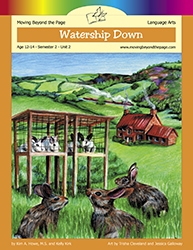
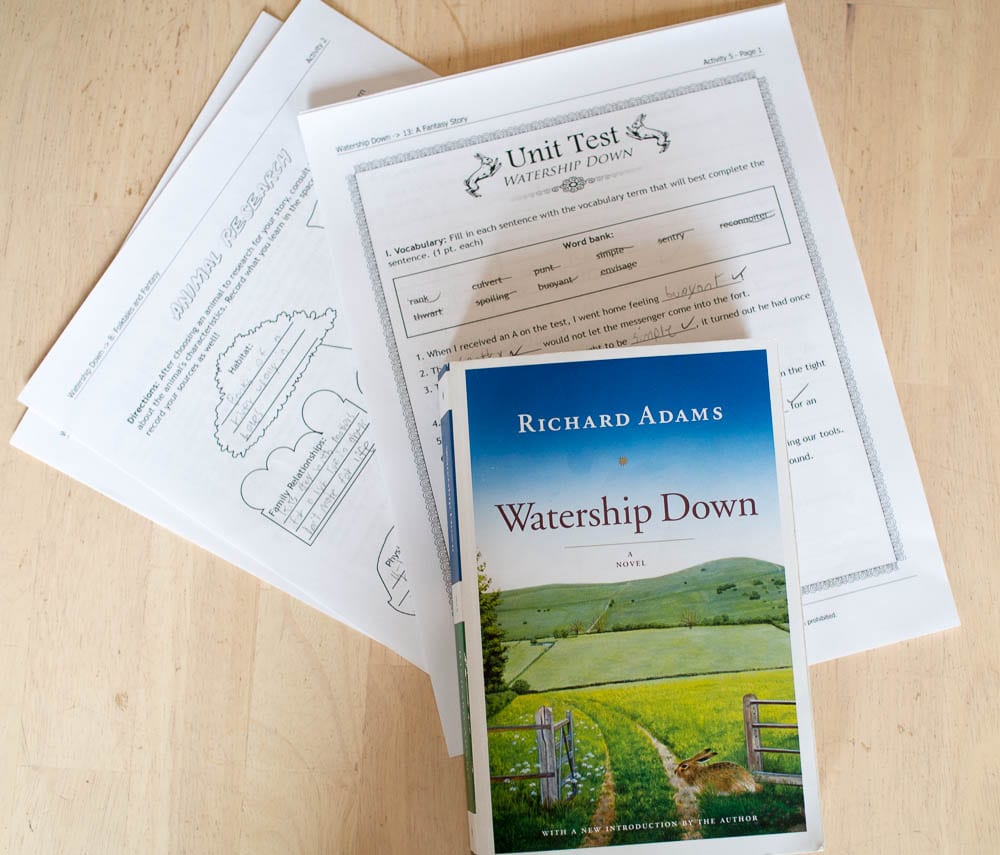
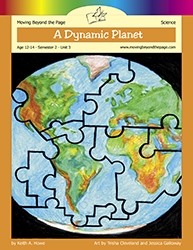
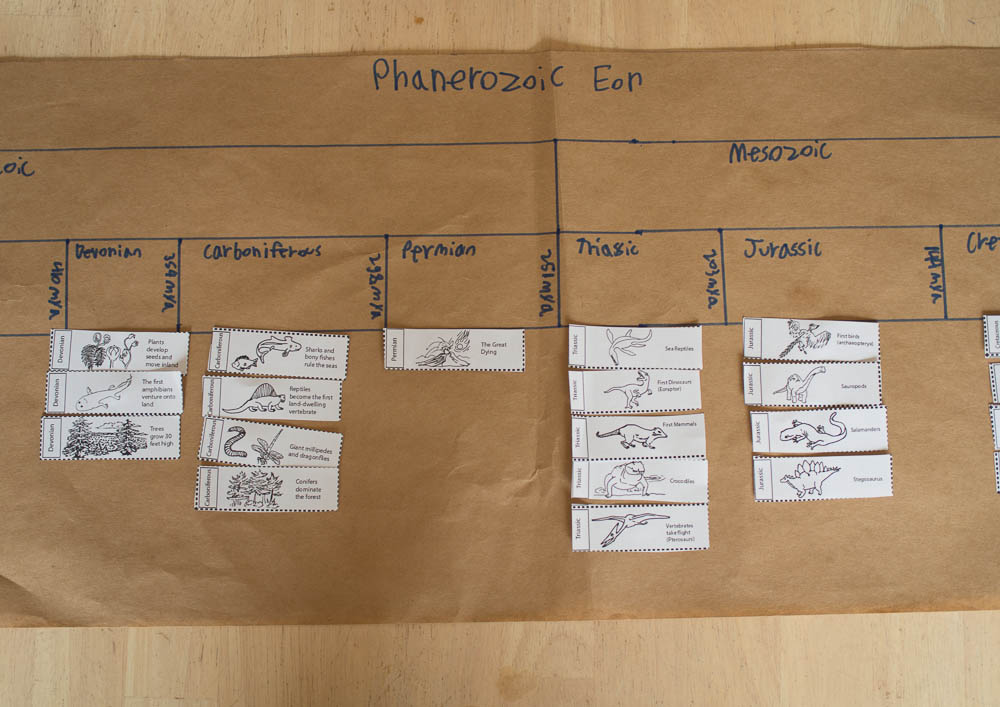
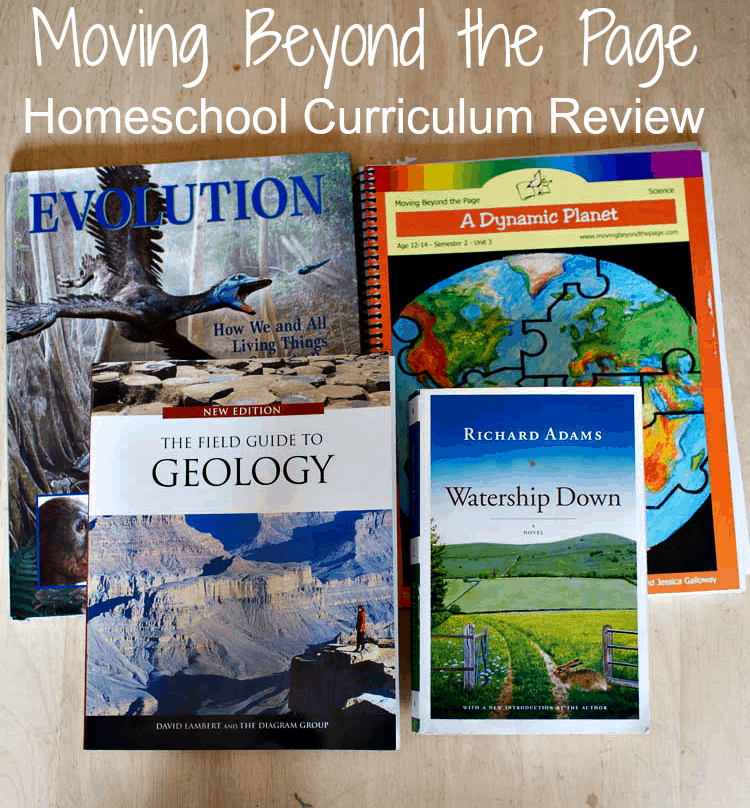
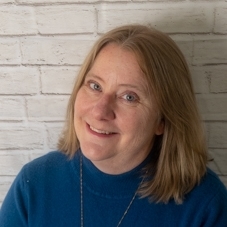
I really liked using novel/study guide packages when we did language arts in our homeschool. It allowed for a wide variety of activities to do with the book.